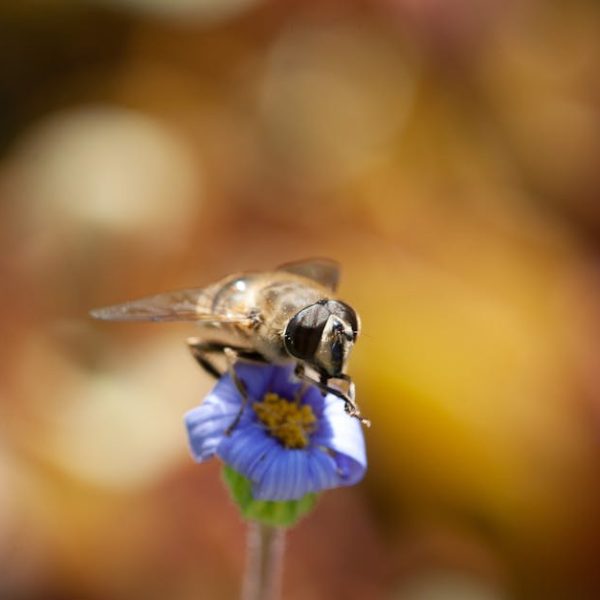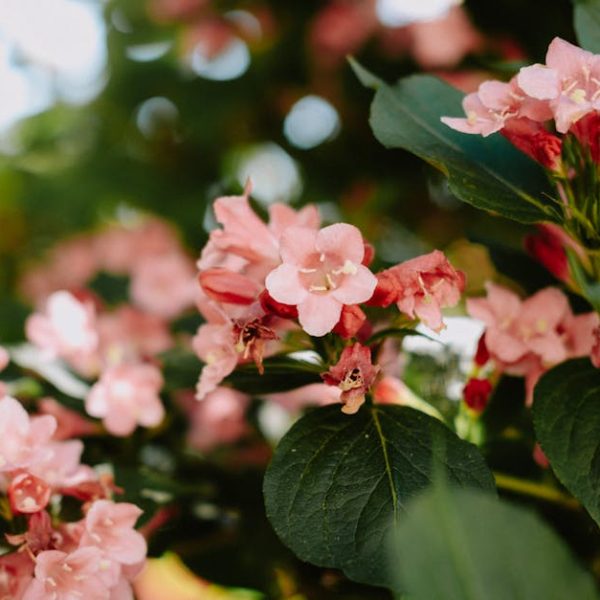Timing is critical when planting your very own mulberry tree to ensure a high yield of delicious fruit and robust growth. By gaining insight into when and how to plant, the main types of mulberry trees, and glancing over what to look out for concerning mulberry tree care post-planting, you’re embarking on a fruitful journey.
Understanding the Mulberry Tree Selection
Mulberry trees come in different varieties, mainly white, red, and black. In choosing your tree, it’s essential to have a good understanding of how each type differs, as it directly affects the perfect planting time.
White mulberries, native to Asia, are known for bearing juicy fruit perfect for desserts and jams. The red mulberry, typically growing in the Eastern United States, has a brilliant scarlet color, with the surface rippling once fully matured. The black mulberry, primarily found in Western Asia, produces large, sweet, and juicy berries, one of the most delicious fruit you’ll find.
Keep in mind these key characteristics:
- The White Mulberry matures rapidly and can reach up to 30-50 feet in height.
- Red Mulberries can grow as tall as 70 feet with leaves big enough to provide generous shade.
- Black Mulberries grow slower than the other two but can live for hundreds of years.
Pro Tip: Consider your regional climate and available space. White Mulberries adapt better to a broader set of conditions. However, if you’re restricted in space, the slower-growing black mulberry might be a perfect fit!
Deciding on the Perfect Planting Season
Understanding the growth cycle of Mulberry trees is crucial for planning your perfect planting time. Depending on your variety of choice, planting can typically occur in the spring or fall.
Here’s a breakdown of the ideal seasons:
| Spring Planting | Fall Planting | |
|---|---|---|
| — | — | — |
| Advantages | Optimized growth during the summer months; Less risk of winter frost damage | Gives the tree some time to adapt before the dormant winter period; Enables early spring growth |
| Disadvantages | Adequate watering is required in summer months; Potential for late frost damage | In colder climates, trees may not have enough time to establish before freezing temperatures hit |
Before planting, make sure to asses conditions such as soil temperature, moisture level, and weather patterns. A crucial guideline is that the soil temperature should be around 70°F, and a modest amount of moisture is present.
Correct Application of Mulberry Tree Planting Methods
Now that you’ve chosen your mulberry tree and the perfect planting time, you need to prepare correctly. Considering factors like the best location for planting (minimum 15 feet from buildings and utilities), how far to space the trees apart, and appropriate aftercare is crucial.
Here’s a handy checklist to guide you through the process:
- Test your soil pH – Ideal levels are around 5.5 to 7.
- Prepare your planting hole – It should be two to three times as wide as the root ball.
- Place your tree in the hole – Ensure that the base of the trunk is level with the soil line.
- Water immediately after planting – This allows the roots to settle in.
Pro Tip: Choose an open, sunny location for your mulberry tree; they thrive in full sun! Care must be taken to protect small, newly planted trees from late spring frosts.
Nurturing and Care Post-Planting
Once you’ve successfully planted your mulberry tree, the work isn’t over. You’ll need to ensure you provide the appropriate care. This includes watering, pruning, and protecting your tree from pests.
The general rule for watering is once a week for the first two years and then every two weeks after that. Pruning should be commenced early – in the first winter. This will encourage the tree to develop a strong structure for future fruit production.
Tasks involved in mulberry tree care include:
- Monitoring and mitigating pests such as scale insects, mulberry aphids, and birds.
- Checking for signs of disease like root rot or fungal infections.
- Replenishing mulch around the base of the tree annually.
Best Practices to follow
- Water your mulberry tree deeply rather than frequently — Mulberries thrive in slightly dry soil.
- Prune in late winter to promote the production of fruits.
- Use organic mulch like wood chips to conserve soil moisture and minimize weed competition.
Troubleshooting Common Mulberry Tree Issues
Even with meticulous care sometimes, issues can arise with your mulberry tree—identifying these issues and knowing how to deal with them is crucial. From pests, diseases to growth decline all can be dealt with if diagnosed correctly.
Here’s a ready checklist to help you troubleshoot:
- Yellowing leaves – This could point towards excess moisture in the soil or a nutrient deficiency.
- Tiny bumps on the underside of leaves – You may be dealing with scale insects.
- Bumpy, corky growth on the bark – This is usually a sign of bacterial or fungal infection.
Pro Tip: Prevention is key. Regularly inspect your tree for signs of pests or disease. Also, practice proper sanitation — remove and dispose of fallen and diseased leaves to prevent the spread of pathogens.
Growing your very own mulberry tree can be an incredibly rewarding experience. All it requires is a little knowledge about which variety to choose, the perfect planting time and season, and how to care for your tree post-planting. Happy growing! Key Takeaways:
- Selecting the appropriate type of Mulberry tree based on your climate and space can greatly influence your results. Mulberries exist in different varieties: mainly white, red, and black, each having distinct characteristics.
- Timing is a crucial element for successful growth. Depending on the Mulberry variety chosen, planting should typically occur in the spring or fall.
- Proper planting methods including location choice, spacing, preparation, and aftercare significantly contribute to the tree’s healthy growth.
- Post-planting care, such as regular watering, pruning, and pest control, is essential to ensure a robust and fruitful mulberry tree.
- Regularly inspecting and troubleshooting common issues can help in maintaining a healthy, thriving tree.
Rejoice in the joy of growing your own Mulberry tree. By rightly understanding the selection based on variable factors like climate and available space, and carefully observing the perfect timing and season for planting, you can reap sweet fruits of success! Be patient, stay diligent, and enjoy the fruitful journey.
FAQs
Q: Can a Mulberry tree survive in colder climates?
A: Yes, certain varieties of Mulberry trees can survive in colder climates. However, it’s best to plant them in warmer conditions, such as spring or early fall, to allow the tree to establish before harsh winter hits.
Q: How long does it take for a Mulberry tree to bear fruit?
A: Mulberry trees usually start bearing fruits after their first year of planting. But the yield and quality will escalate significantly from the third year onwards.
Q: How often should I water a newly planted Mulberry tree?
A: A newly planted Mulberry tree generally needs watering once a week for the first two years, and then you can reduce it to once every two weeks.
Q: Do Mulberry trees require fertilization?
A: Yes, Mulberry trees do benefit from fertilization. It’s best to fertilize them in early spring before new growth starts, using a slow-release, balanced fertilizer.
Q: What should I do if the leaves on my Mulberry tree are turning yellow?
A: Yellowing leaves could be a sign of excess moisture or nutrient deficiency. You may need to adjust your watering schedule or consider soil testing to determine if your tree needs specific nutrients.
Feel free to explore more articles on our website for further insights and tips, and don’t forget to share this guide with other home growers. Happy planting!





